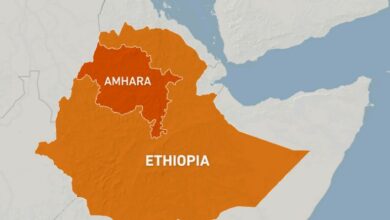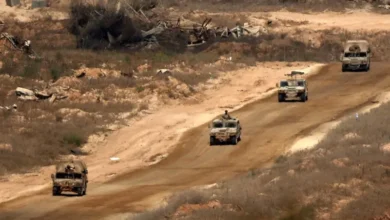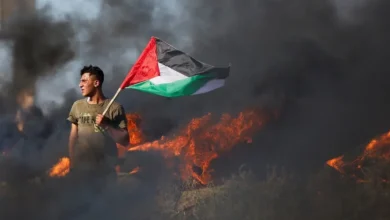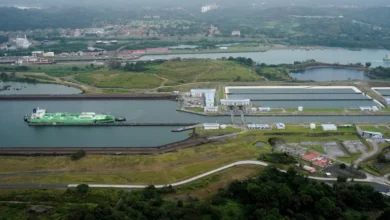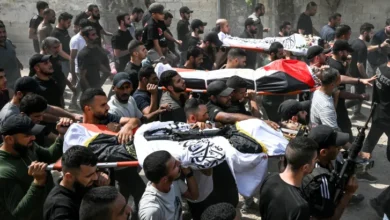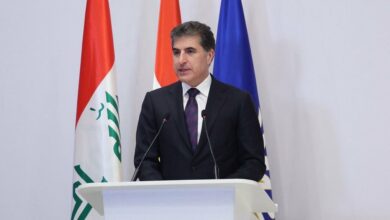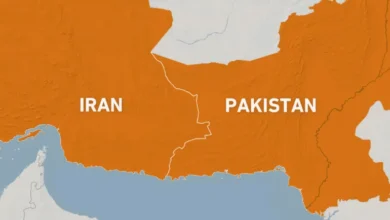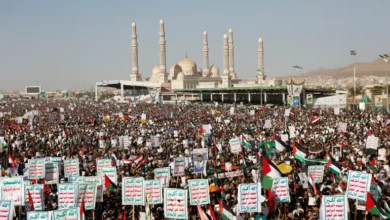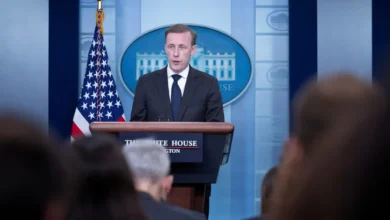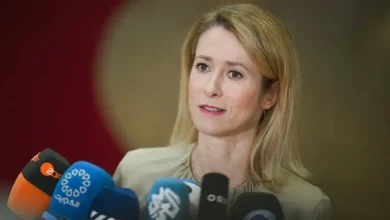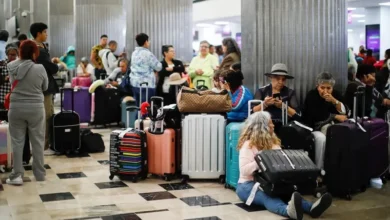Ukraine’s army readies for high-stakes fight against Russia as winter nears
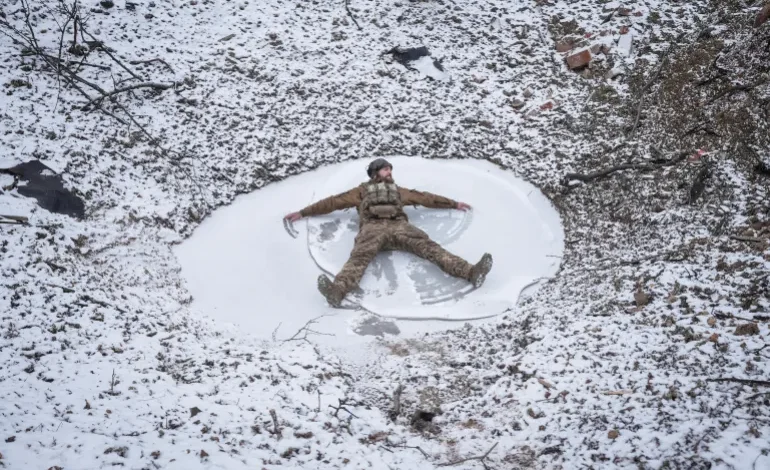
The coming winter will be a real test for an exhausted Ukrainian population in its third year of war.
Russia has steadily been degrading the country’s energy infrastructure, as power stations, electricity grid sub-stations and storage facilities have been targeted.
In a country where temperatures in winter regularly fall below freezing, the demands on Ukraine’s power grid will be substantial.
Front-line cities, like Kharkiv, will bear the biggest brunt, two of the power plants that serve the city having been destroyed in March.
Russia has identified a weak point in Ukraine’s infrastructure. Its energy grid is just too large to defend properly, especially when air defences are in relatively short supply.
But Ukraine has a lot of its energy needs in that one basket. Nuclear power currently provides 70 percent of Ukraine’s energy requirements, one of the highest levels in the world, even higher than France’s 65 percent.
No one is likely to start bombing nuclear power plants, but the substations and electricity switch yards – responsible for feeding their power into the grid – are vulnerable and hard to repair or replace.
Rolling blackouts during the summer were common but as autumn changes to winter, these power shortages will be more profoundly felt – not just by a lack of domestic heating but also by struggling to meet the power-hungry needs of Ukraine’s growing defence industry.
This industry is vital in keeping its armed forces equipped in the face of slowly waning support from the United States.
The looming US election
Regardless of who wins the election on November 5, American sentiment towards Ukraine, while still supportive, has steadily been dropping.
Domestic fiscal pressures, war weariness and the diversion of military resources to Israel over the last year have eroded the outpourings of goodwill and support offered to Ukraine after the invasion.
If current Vice President and Democratic nominee Kamala Harris becomes president, she will likely push for that aid to be maintained at the present level.
However, the combination of a potential Republican-held Senate and a growing number of Democrats who focus on local issues – and wonder just how long Washington will be required to fund a foreign war – could shackle her administration.
Aid is likely to continue, but at a lower level, just when Ukraine is trying to break the deadlock against Russia, which has thus far leveraged its allies to great effect.
Donald Trump, the Republican nominee and former president, has been vocal about his ability to solve conflicts quickly.
Such a resolution would likely involve a deal that would stop the war at its present position, with large parts of Ukraine’s resource-rich east occupied by Russia.
A decrease in US aid to Ukraine would likely force Kyiv to eventually accept a deal that would effectively freeze the conflict, but not resolve it.
A significant pause in the war would allow Russia to rearm and re-stock its military and the frozen conflict would be a bar to Ukraine’s entry into NATO.
Although it would also give Ukraine a chance to build up its forces, it would not provide President Volodymyr Zelenskyy with the security guarantees needed to stop Russia from restarting the conflict in the near future.
The US, which has encouraged Europe to step up and fill any potential shortfall in military aid, currently provides the vast majority of venture capital for European start-up defence companies.
Europe beckons, maybe
The European Union, many of its members also part of NATO, has repeatedly pledged its support for Ukraine, as Russia’s invasion refocused the defence priorities of both the alliance and the bloc.
The potential US aid shortfall is huge and Europe’s defence industries are only just starting to ramp up production, many worry that by the time industrial capacity is increased and billions spent, a peace deal could be signed, negating the need for vast amounts of military equipment.
